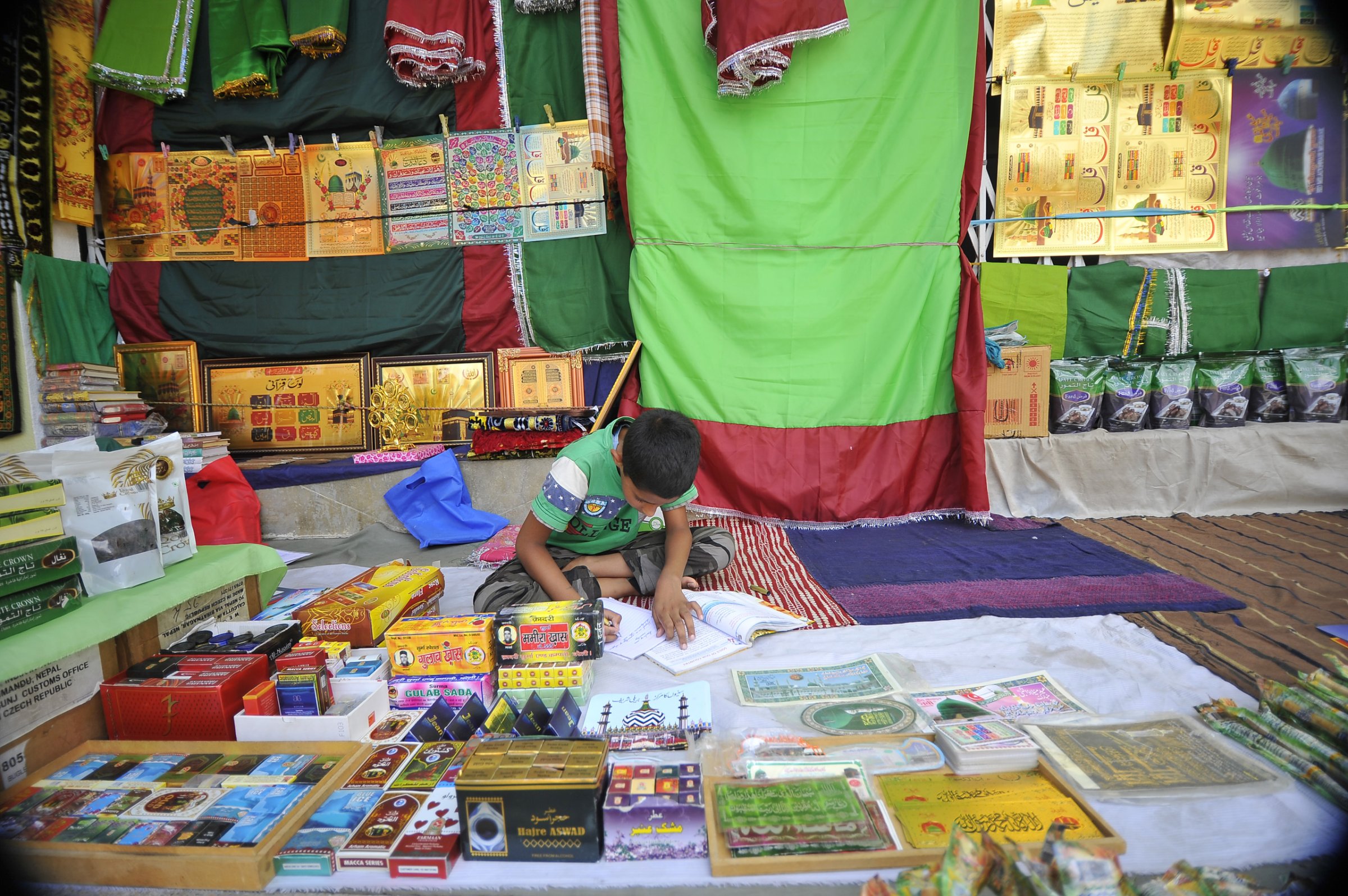
Like many other countries around the world, my home country, Nepal, faces major educational and economic challenges. Only one in 10 children who start school in Nepal today will complete secondary school. One out of four fourth-grade students can’t count to double-digit numbers. More broadly, roughly half of working-age Nepalese are unemployed or underemployed, and more than a quarter of families live in poverty.
To be sure, our country has made meaningful strides over the past few decades. Net enrollment at primary level is more than 90%. And Nepal has a rich, intricate culture with a diverse population from which to draw strength. But there is a very long road yet to travel for our country to reach its potential.
How do we move down that road more quickly? An intentional approach to developing strong, mission-driven local leaders across all levels of society—in schools, education systems, government, civil society, and elsewhere—is one that has enormous potential to accelerate progress not only in my country but in developing countries around the world.
To truly create change, we must recruit and support people from communities to take the lead in the fight for educational equity and socioeconomic justice. As the global community works in pursuit of the U.N.s’ Sustainable Development Goals, this concept isn’t currently something that enough people working on international development, or on the receiving end of aid, are considering.
Although there is an increasing sense among development institutions and global philanthropies that strict program-based approaches aren’t sufficient and local leadership capacity building must play a larger role, this concept is still just emerging into the conversation. We have some, but not enough, research to demonstrate the full impact of local leaders and the best ways to identify and equip them to create lasting progress. And we have some, but not enough, recognition that large-scale efforts to cultivate local leadership could have a game-changing effect over the longer term.
When I visited rural communities before launching Teach For Nepal, an organization that works to develop leadership through teaching, I realized that the long history of foreign aid projects and central government programs had instilled in people a sense that without a foreign nongovernmental organization or big government process taking the lead, nothing would change for them. But they also mistrusted outsiders and saw how interventions brought in from experts, as well-intentioned as they may be, often did not work or weren’t sustained over time.
One effective place to start that leadership journey is in the classroom. We know that people who can successfully teach children from marginalized communities are often inspired to a lifetime of leadership and advocacy—not only to improve education but also to take on the range of social and economic forces that unfairly hold some children back from securing good jobs and achieving their potential. We think of leadership as an action, informed by values that put the interests of children first no matter what—and see teachers as leaders, students as leaders, parents as leaders: policymakers, social entrepreneurs, advocates, and people working inside and outside education.
We are already seeing how Teach For Nepal, just four years old, is changing mindsets among students, fellows (our participant teachers) and community members about how change happens and inspiring a renewed sense of possibility.
In Nepalese culture—like many others—teaching is not seen as a prestigious career. But in many schools, fully half of the students in classrooms taught by Teach For Nepal Fellows say they also want to teach the next generation of children in their own communities. And I have no doubt many of them will do just that.
And when we ask applicants to our fellowship what they think they’ll want to do after their two-year commitment in the classroom, most will say they want to leave Nepal to find work or continue their own education. But after they’ve spent two years in the classroom, four out of five Teach For Nepal Fellows have a change of heart—and instead choose to stay in Nepal, working as teachers and school leaders and in nonprofit organizations working to advance the life opportunities of the children and families they have come to know and love, proving that communities themselves have the power to create positive change.
Across the broader network, which includes independent organizations in 40 countries who share a similar approach to developing leadership, we’ve seen that between 60% to 70% of former fellows continue to work in education after their commitment to teaching is complete. Without this pathway, many of these talented individuals would almost certainly not have found their way to working on behalf of children or serving marginalized communities.
The excitement and sense of empowerment that these fellows have inspired in the schools and communities in which they work give me tremendous hope for the future of my country. Yet Teach For Nepal and Teach For All network partners provide only one type of path for talented young people to develop the leadership skills and the lifelong commitment needed to create lasting progress in our communities and our country. If we are to achieve inclusive and equitable education for all by 2030, there must be—and should be—many more paths.
More Must-Reads from TIME
- Donald Trump Is TIME's 2024 Person of the Year
- Why We Chose Trump as Person of the Year
- Is Intermittent Fasting Good or Bad for You?
- The 100 Must-Read Books of 2024
- The 20 Best Christmas TV Episodes
- Column: If Optimism Feels Ridiculous Now, Try Hope
- The Future of Climate Action Is Trade Policy
- Merle Bombardieri Is Helping People Make the Baby Decision
Contact us at letters@time.com